19 years without the Master, Enric Miralles.
Last July 3rd was the 19th anniversary of the death of Enric Miralles, a great architect and one of our favourite masters. Today we want to remember one of his most emblematic buildings; the Igualada Cemetery, a cemetary that more closely resembles a path in a buried forest than a place for the dead. The following text is a description written by the architects, Miralles Pinos; who better to explain their own intentions.
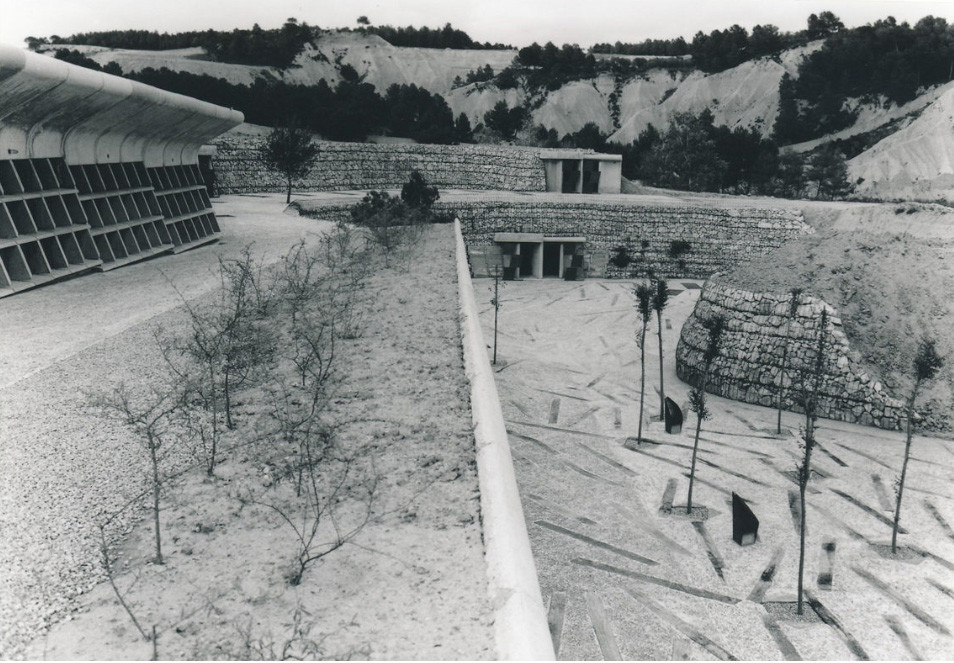
As part of a competition to replace an older cemetery, Enric Miralles and Carme Pinos envisioned a new type of cemetery that began to consider those that were laid to rest, as well as the families that still remained. After 10 years of construction, the Igualada Cemetery, outside of Barcelona, Catalonia, Spain, was completed in 1994 as a place of reflection and memories.
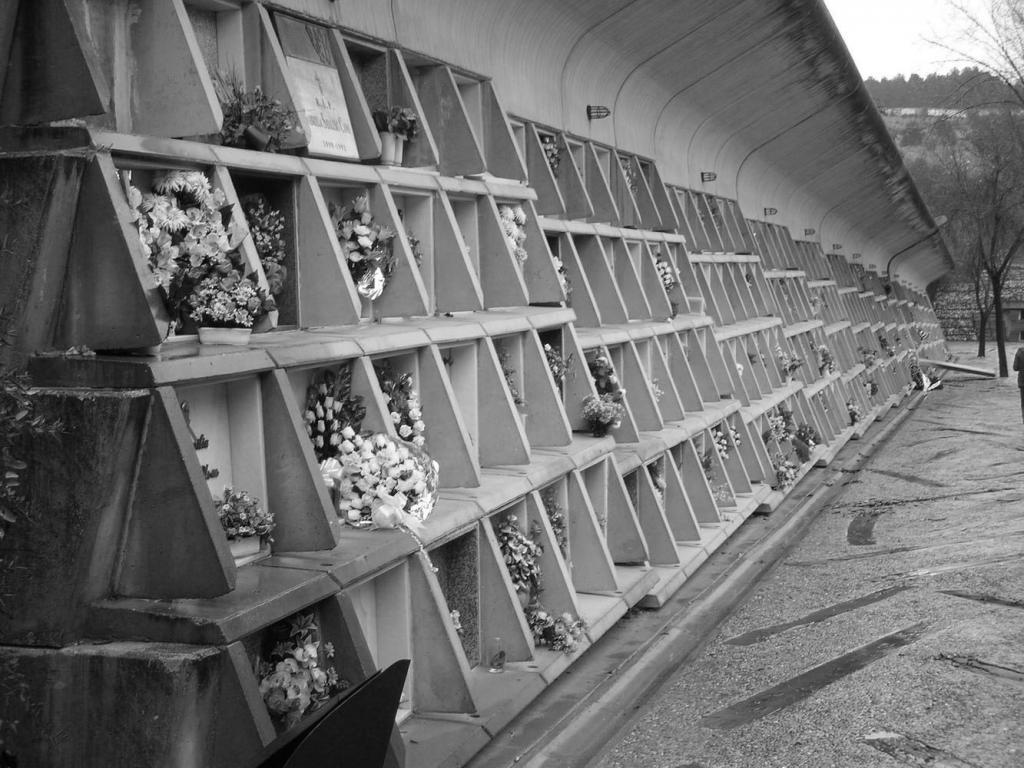
The Igualada Cemetery is a project that challenges the traditional notions of what makes a cemetery. Miralles and Pinos conceptualized the poetic ideas of a cemetery for the visitors to begin to understand and accept the cycle of life as a link between the past, present, and future.
It’s understood by the architects to be a “city of the dead” where the dead and the living are brought closer together in spirit. As much as the Igualada Cemetery is a place for those to be laid to rest, it is a place for those to come and reflect in the solitude and serenity of the Catalonian landscape.
Embedded in the Catalonian hills, the Igualada Cemetery is an earthwork that blends into the landscape as if it were a natural aspect of the land. The cemetery was designed as a tiered landscape that unfolds into the landscape as one continuous and fluid progression.
The main burial area is part of a lowered excavated part of the cemetery that is surrounded by gabion walls and the mausoleum-like burial plots, which obstructs the visitor’s vision from the surrounding context secluding them in an area where the sky is the only visible entity outside of the central burial area. Unlike the first tier, the second tier of the cemetery has more traditional burial plots that are separated and spread out rather than the mausoleum-like burial plots below.
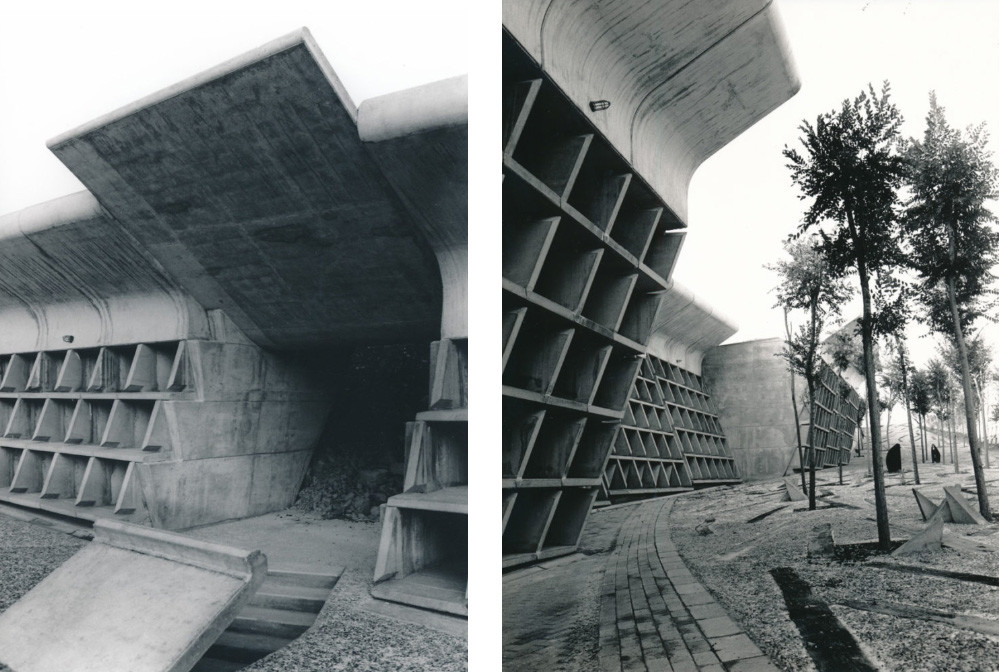
Also, on the second level, there is a chapel and monastery that remain unfinished; however, the unfinished aspects are not lacking, by any means, spatially rather they are void of definition and detail. Yet, the lack of information and detailing compliments the overall sensations of the project where the spaces are open and void to retain the experiences of solitude and serenity.
As one enters the site, one confronts a set of cor-ten steel poles that double as gates to the cemetery – the poles are likened to the crosses at Calvary. From the main entrance, there is a processional winding pathway that descends into the main burial area; the pathway is lined with concrete “loculi” – mausoleum burial plots – that wrap around the depressed space as a transition from tier to tier.
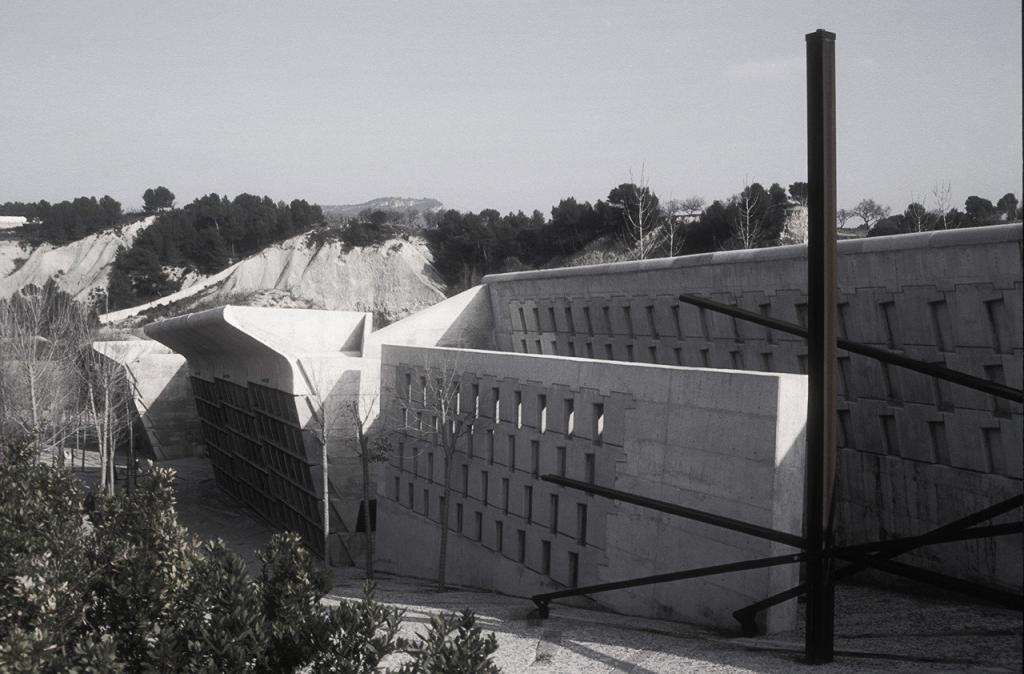
The materials of the Igualada cemetery tie the project seamlessly back into the landscape. Miralles employed earthy materials of concrete, stone, and wood into the project. The gabion walls, the worn/aged concrete, and the wooden railroad ties embedded in the stone groundscape evoke the hard and rough landscape of the surrounding hills. The earthy tones of the materials transform the architecture into a natural aesthetic creating the appearance that cemetery has long been part of the site.
The Igualada Cemetery is in a sense an organic architecture that integrates into the natural landscape as an extension of the Catalonian hills. It is just as much a part of the landscape as the people that visit it. Even Miralles after his sudden death in 2000 is buried at the Igualada Cemetery, which in a sense completes the cycle of Miralles life: past, present, and future all clinging onto the Igualada Cemetery.
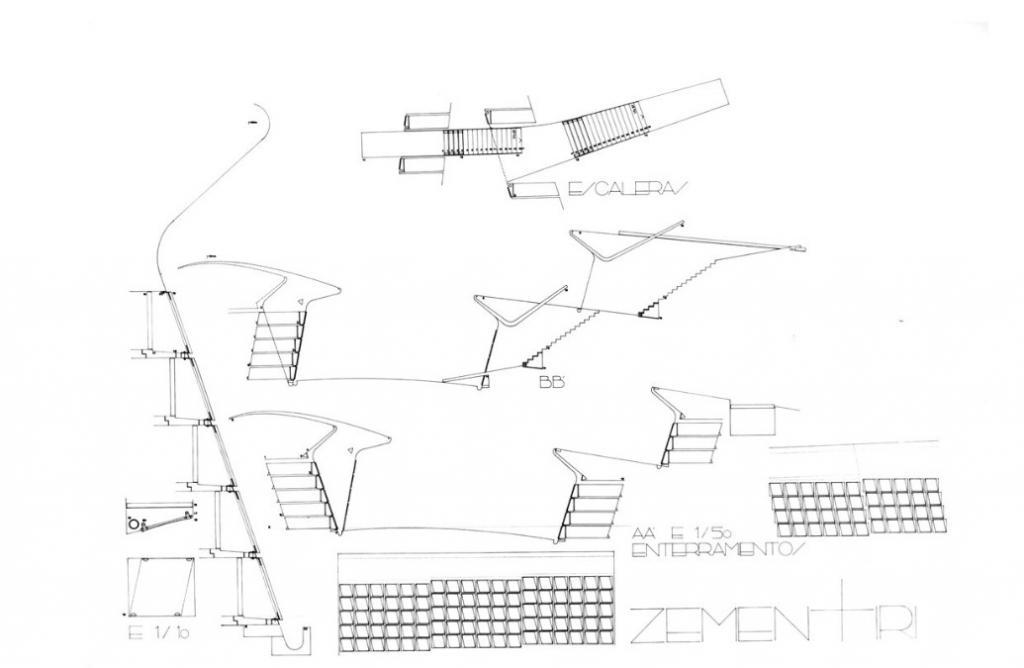

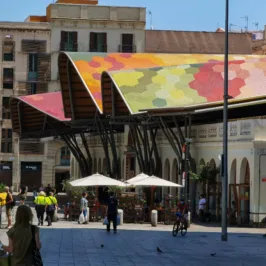



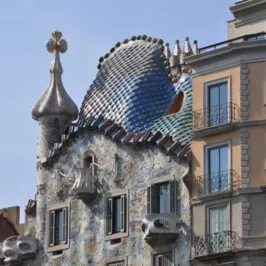
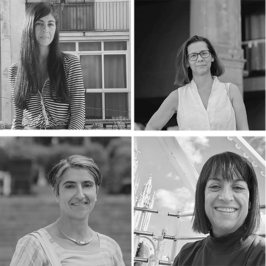
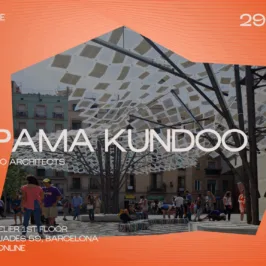

Leave a Reply